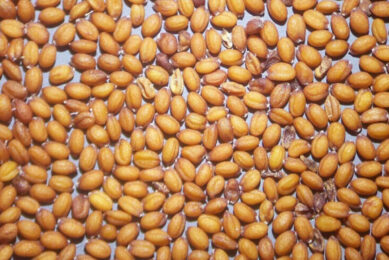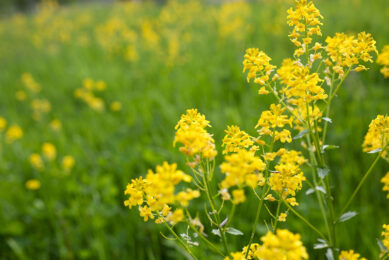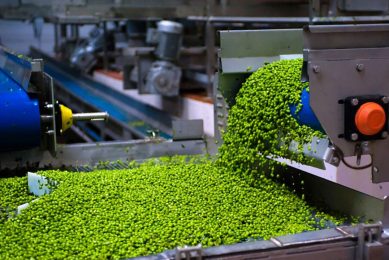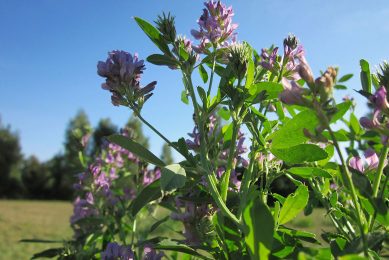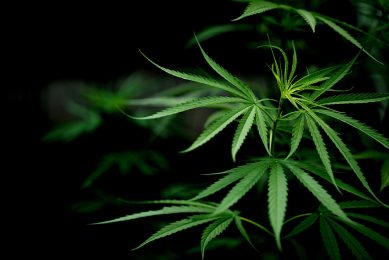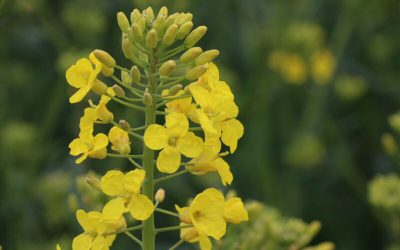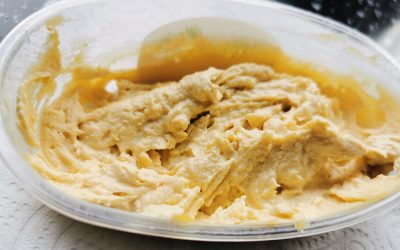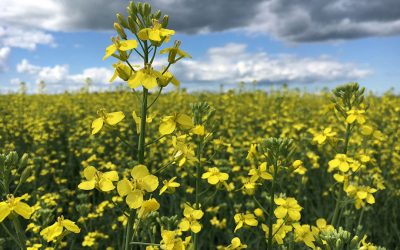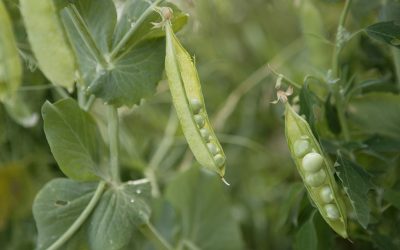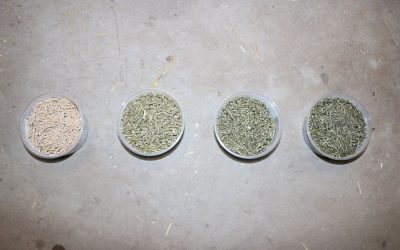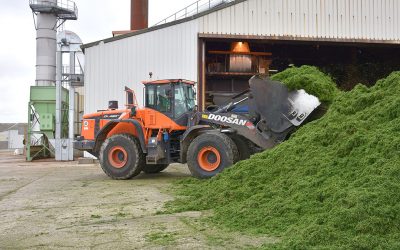Protein crops are crops that provide substantial protein – with naturally occurring complex combinations of amino acids. Because of the protein content of their seeds, grain legumes, pseudocereals, and other crops are candidates to satisfy the growing demand for plant protein for food and feed.
Are protein crops a sustainable source of feed?
Grain legumes are valuable sources of protein and energy for monogastric animals. They include many crops such as dry beans, dry peas, chickpeas, and lentils, which are high in protein, fibre, and micronutrients. Although soybeans are also part of this list, many studies have looked into replacing them with other legumes in animal diets.
The presence of secondary plant metabolites, also referred to as antinutritional factors, such as protease inhibitors, saponins, pyrimidine glycosides, lectins, tannins, and alkaloids can stop proteins being absorbed fully.
Pseudocereals are dicotlyledon (2 seed leaves) broadleaf plants. They are typically high in protein. Many so-called “ancient grains” are pseudocereals, for exampe, quinoa and buckwheat. Also listed amoung the “dicots” are a large, diverse group of flowering plants that include cucumber and potato, and oilseeds soybean and canola, plus many others.



